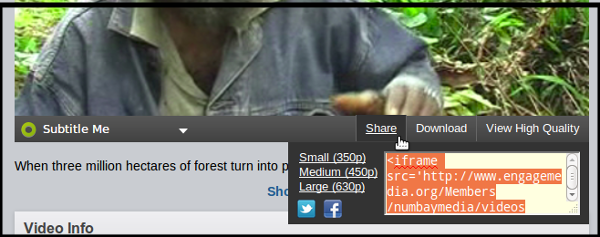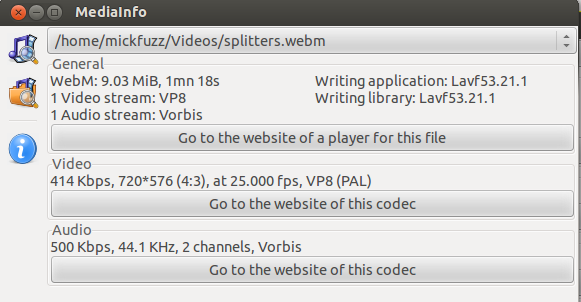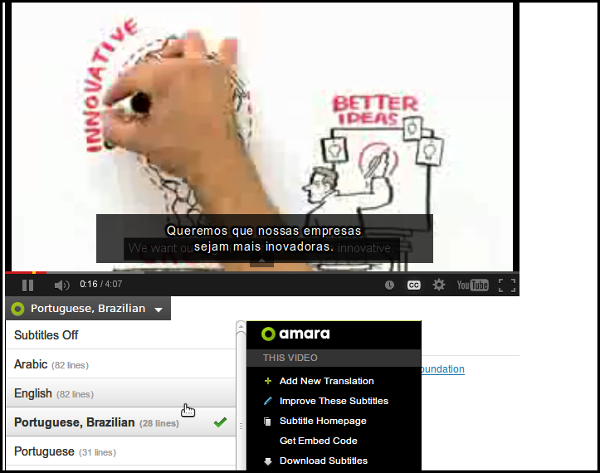Overview of Concepts and Terms
This chapter gives a quick summary of terminology you may come across.

Platform: In the context of this chapter, 'platform' refers to any of the websites available for you to publish your video online.
Content Management System (CMS): A system with an interface that allows you to manage content easily on the internet.
Self-hosting: Self-hosting in the context of video distribution refers to the process of using your own storage space for the video content that you upload.
HTML5 & Flash Video Players: In this context, a video player is both the code needed to play a video.
Embedding videos: Services like YouTube allow you to place a player inside page of your own website. This is called embedding and sometimes involves an 'embed code' to make it work.

Clicking Share next to a video player will normally give you an Embed Code
Streaming video: The process of streaming video, which delivers video from a server to the viewer in real time.
Metadata: Metadata in our context of video hosting is information about videos, including title, description and other technical information.

The application MediaInfo can display technical metadata of a video file.
RSS Feeds: RSS feeds are like channels of information that we can subscribe to or use to move information from one place on the web to another.

Aggregation & Syndication: These terms became increasingly popular with the advent of RSS technology specifically for news feed
Bandwidth: This is the amount of data you transfer to and from your internet server.
Closed Captions: Closed captions subtitles are separate from the video image. Closed captions make it easier to deliver multiple versions of subtitles without changing the core video file.

Closed Captions are used by the Amara system to allow viewers to choose a language
Summary of other resources
Here are some other resources you may find useful:





